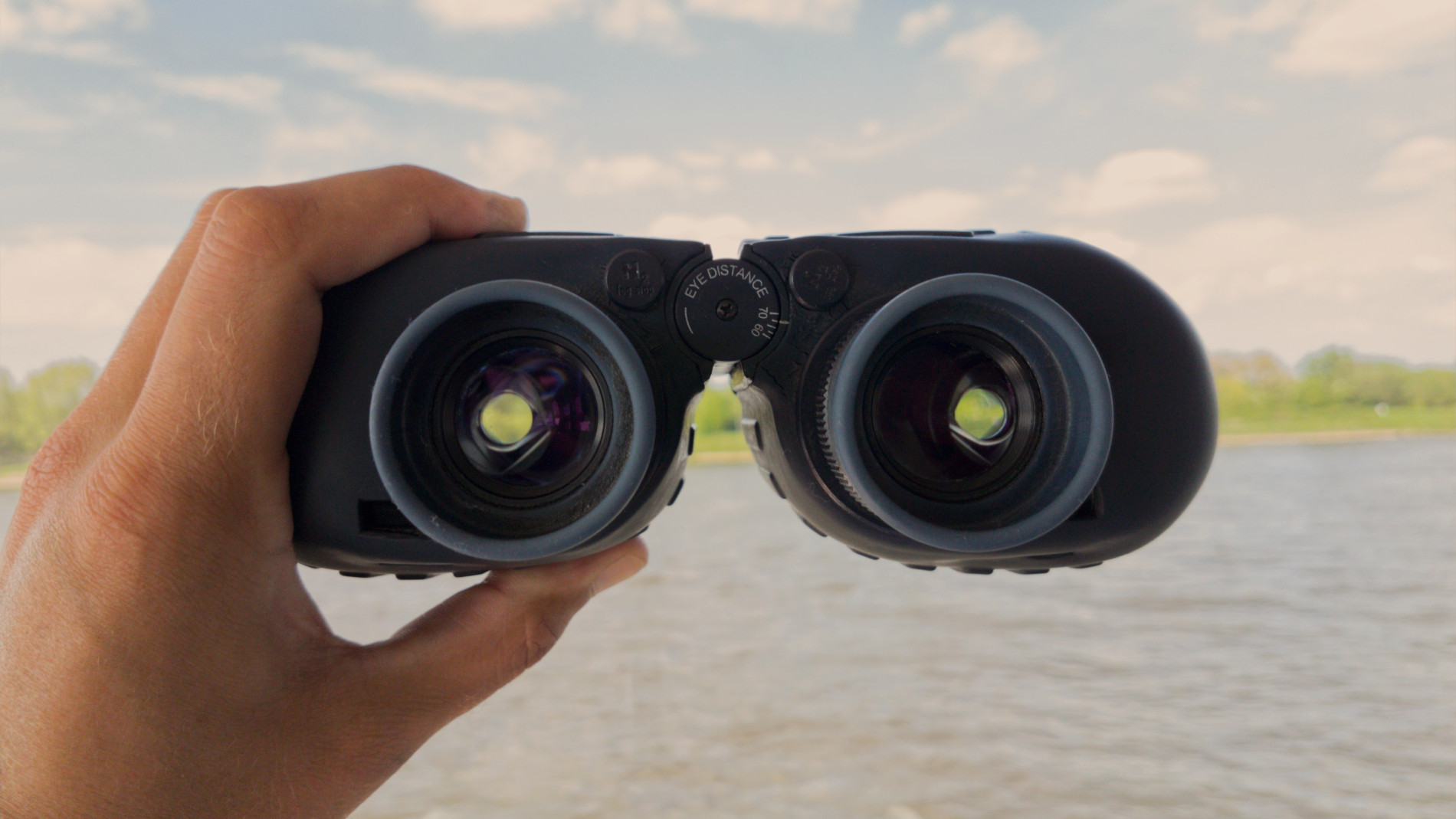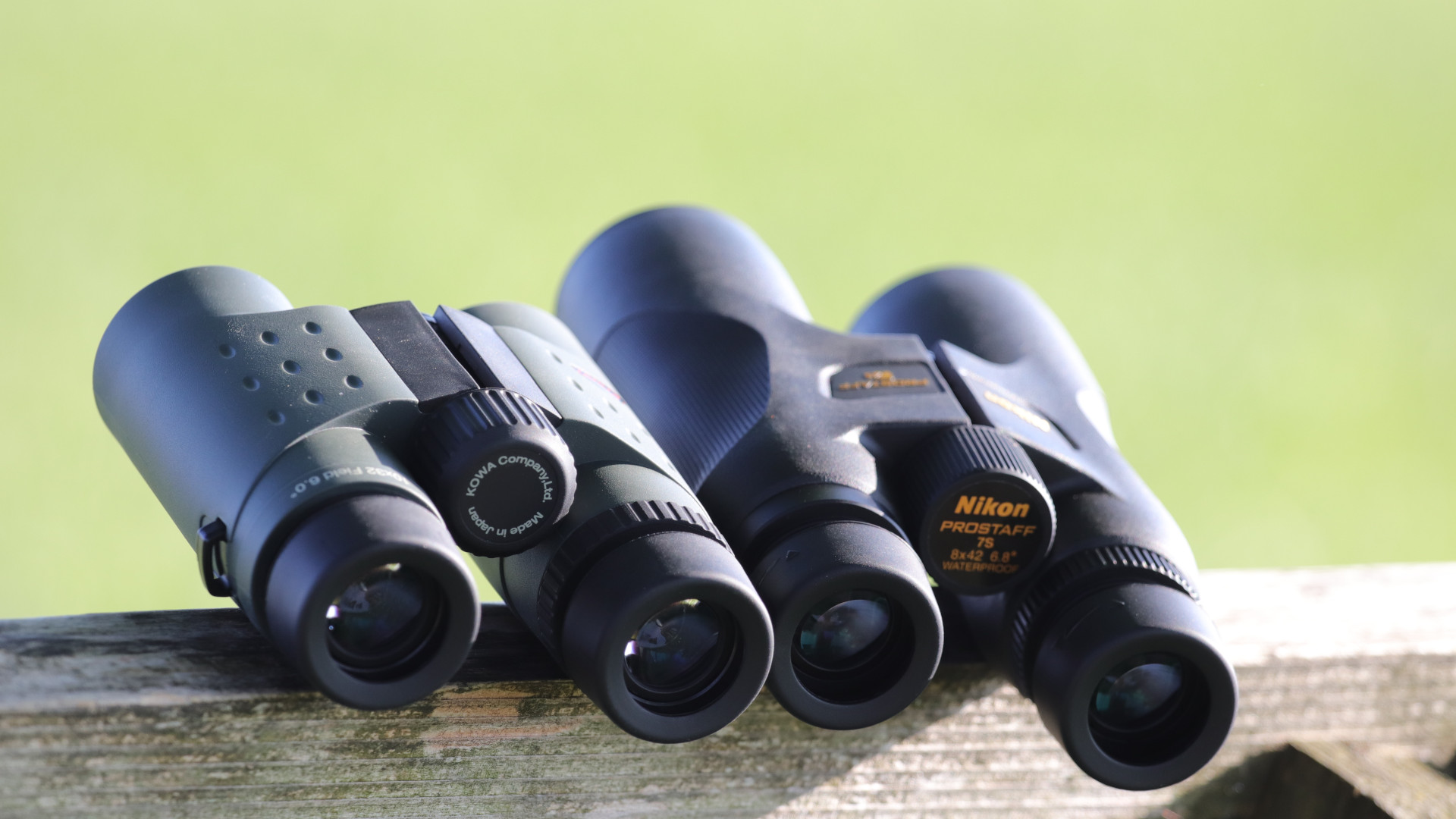Exit pupil
Light from the eyepieces enters our eyes. Learn what effect the exit pupil has on your observation.

Just as light enters the binoculars, a certain amount of light will understandably exit at the other end. How much light exits the binoculars depends on its aperture and magnification. The beam of light from the eyepiece enters the eye, and is converted into a decipherable image with the help of the brain.
Why is a large exit pupil important in twilight?
The diameter of this light bundle is measured in millimetres and is known as the exit pupil. It is responsible for the brightness of the image in the eye, which is especially important for twilight observation. A pair of 10x25mm binoculars allow a 2.5 mm light bundle to leave the eyepiece and enter the eye.
This is not enough information for observing in twilight, since the retina receives far too few stimuli, and you will not be able to perceive details. Things look different through 8x42 mm binoculars. The eye receives a light bundle with a diameter of 5.25 mm. The image appears much brighter and therefore the observer can perceive a lot more detail, even at dusk or dawn. For twilight use, binoculars with an exit pupil of 4 mm or more are most suitable. The larger the exit pupil, the better.

With these binoculars you get a 7 mm exit pupil
The small bright circle in the centre represents the exit pupil. This is the light information that reaches the eye. When twilight is already well advanced, the observer needs binoculars that deliver even more light information.
7x50, 8x56 or 9x63 binoculars all provide an exit pupil with a 7 mm diameter. This is the maximum possible for the human eye.
This is because, for younger people, the iris does not open any wider than 7 mm.
When a larger bundle of light exits the binoculars, our iris takes on the function of an aperture (which it is in the true sense of the word). In older people, the iris can no longer open to the full 7 mm. For a 60-year-old, binoculars with a 7 mm exit pupil no longer produce the desired effect. 8x42 mm binoculars would suffice here.
You will often see the term “relative brightness” in connection with the exit pupil. The relative brightness is calculated as the square of the exit pupil. Example: 8x56 binoculars have an exit pupil of 56/8=7 and a relative brightness of 7x7=49! Values above 35 are typical for relatively bright hunting binoculars.


